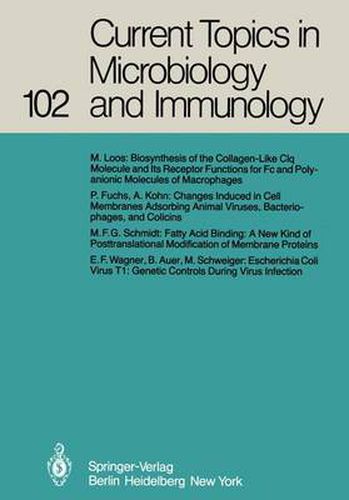Readings Newsletter
Become a Readings Member to make your shopping experience even easier.
Sign in or sign up for free!
You’re not far away from qualifying for FREE standard shipping within Australia
You’ve qualified for FREE standard shipping within Australia
The cart is loading…






This title is printed to order. This book may have been self-published. If so, we cannot guarantee the quality of the content. In the main most books will have gone through the editing process however some may not. We therefore suggest that you be aware of this before ordering this book. If in doubt check either the author or publisher’s details as we are unable to accept any returns unless they are faulty. Please contact us if you have any questions.
Binding of various ligands (hormones, neurotransmitters, immunological stimuli) to membrane receptors induces the following changes: 1. Receptor redistribution (clustering, capping ) 2. Conformational changes that can be detected by fluorescent probes 3. Alteration in membrane fluidity (spin label and fluorescence polarization probes) 4. Changes in fluxes of ions and metabolites 5. Increased phospholipid turnover (especially of phosphatidyl inositol) 6. Activation of membrane-bound enzymes (adenyl cyclase, ATPase, transmethylases). Some of the early changes resulting from or associated with the binding (adsorption) of virions to the host cell membrane are of the same type. Adsorption of animal viruses to cells is the ftrst step in a chain of events resulting in the production of progeny virus on the one hand and in damage to cells and tissues on the other. In the classical studies of viral infection, cells are adsorbed with virus, usually for 60 min, and the changes induced by the virus in the host cell are recorded thereafter. In the past decade, more and more studies have been aimed at the events occurring in these ftrst 60 min of the so-called adsorption period. These studies deal with the nature of adsorption, e. g. , the ligand-receptor type of interaction between the virus and the cell membrane. Many receptors for viruses were identifted and so were the viral proteins which take part in adsorption.
$9.00 standard shipping within Australia
FREE standard shipping within Australia for orders over $100.00
Express & International shipping calculated at checkout
This title is printed to order. This book may have been self-published. If so, we cannot guarantee the quality of the content. In the main most books will have gone through the editing process however some may not. We therefore suggest that you be aware of this before ordering this book. If in doubt check either the author or publisher’s details as we are unable to accept any returns unless they are faulty. Please contact us if you have any questions.
Binding of various ligands (hormones, neurotransmitters, immunological stimuli) to membrane receptors induces the following changes: 1. Receptor redistribution (clustering, capping ) 2. Conformational changes that can be detected by fluorescent probes 3. Alteration in membrane fluidity (spin label and fluorescence polarization probes) 4. Changes in fluxes of ions and metabolites 5. Increased phospholipid turnover (especially of phosphatidyl inositol) 6. Activation of membrane-bound enzymes (adenyl cyclase, ATPase, transmethylases). Some of the early changes resulting from or associated with the binding (adsorption) of virions to the host cell membrane are of the same type. Adsorption of animal viruses to cells is the ftrst step in a chain of events resulting in the production of progeny virus on the one hand and in damage to cells and tissues on the other. In the classical studies of viral infection, cells are adsorbed with virus, usually for 60 min, and the changes induced by the virus in the host cell are recorded thereafter. In the past decade, more and more studies have been aimed at the events occurring in these ftrst 60 min of the so-called adsorption period. These studies deal with the nature of adsorption, e. g. , the ligand-receptor type of interaction between the virus and the cell membrane. Many receptors for viruses were identifted and so were the viral proteins which take part in adsorption.